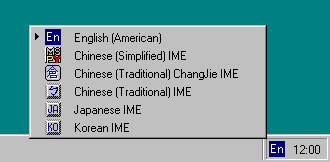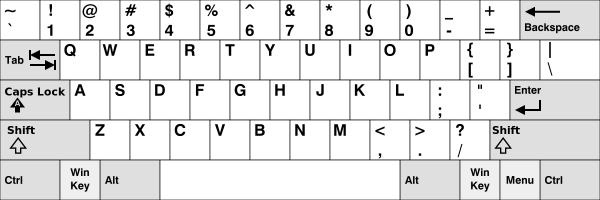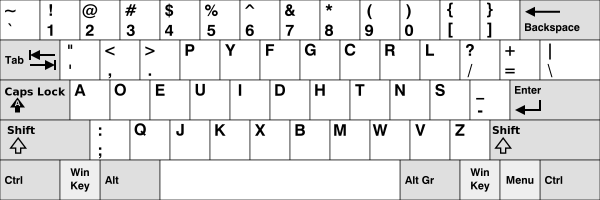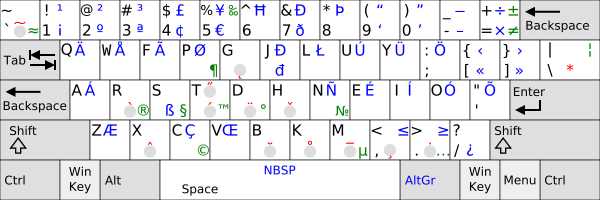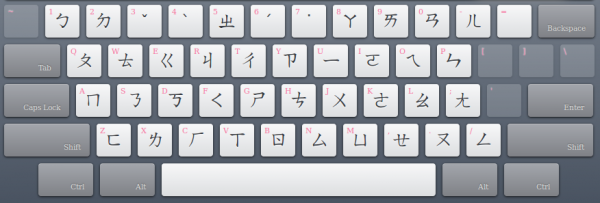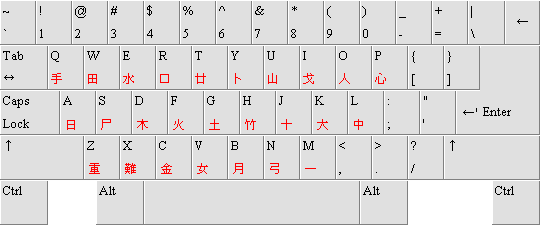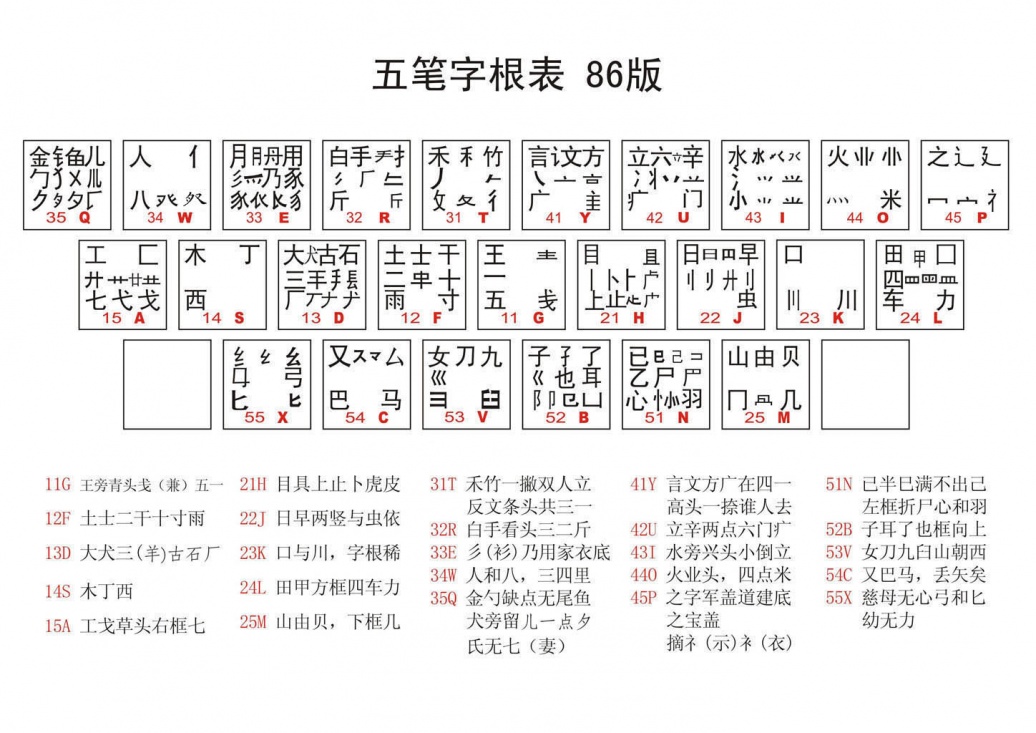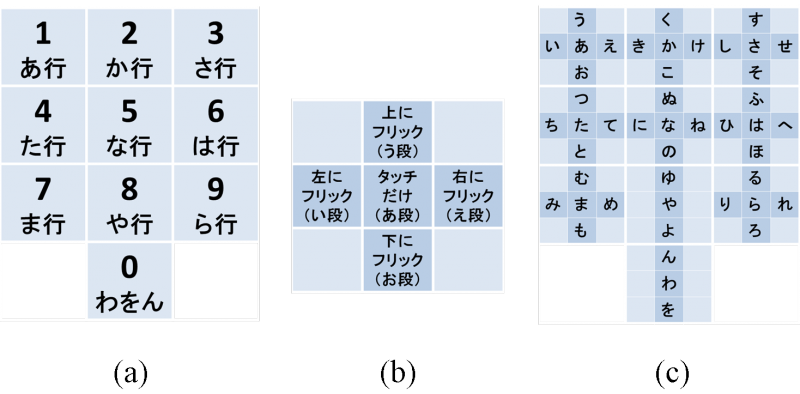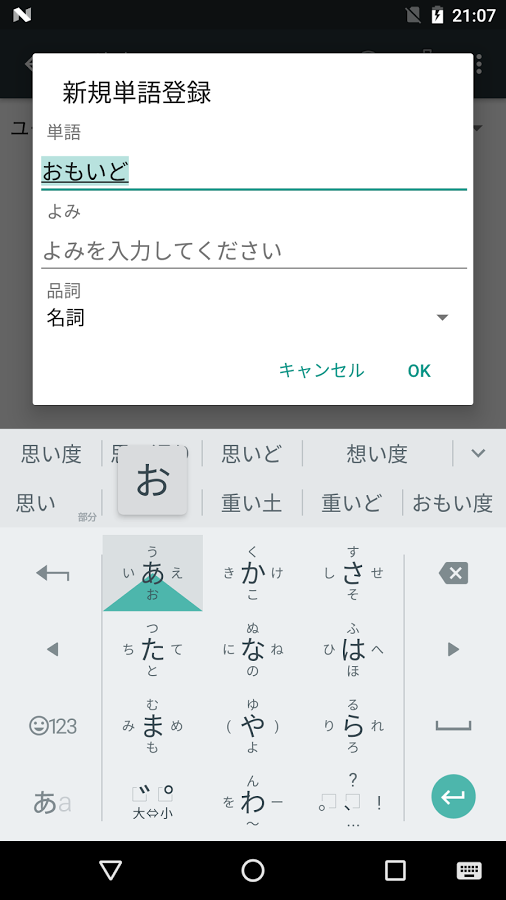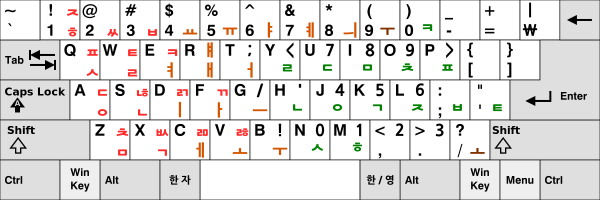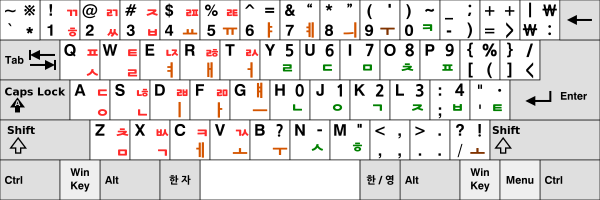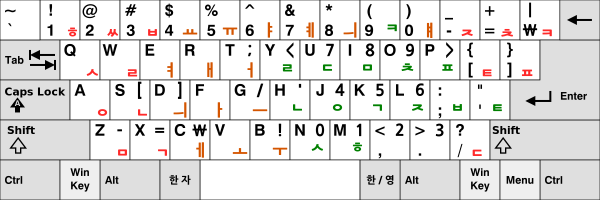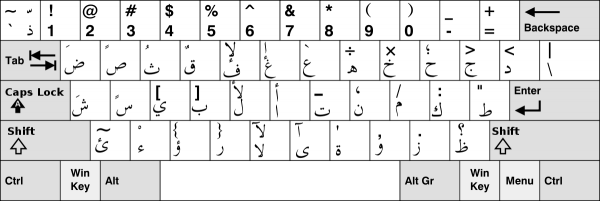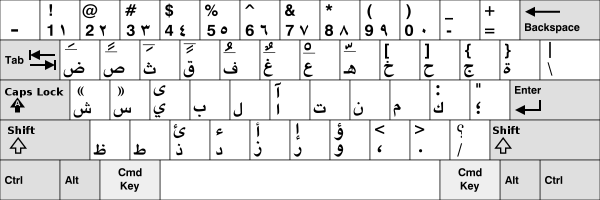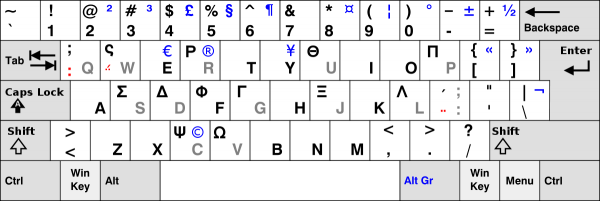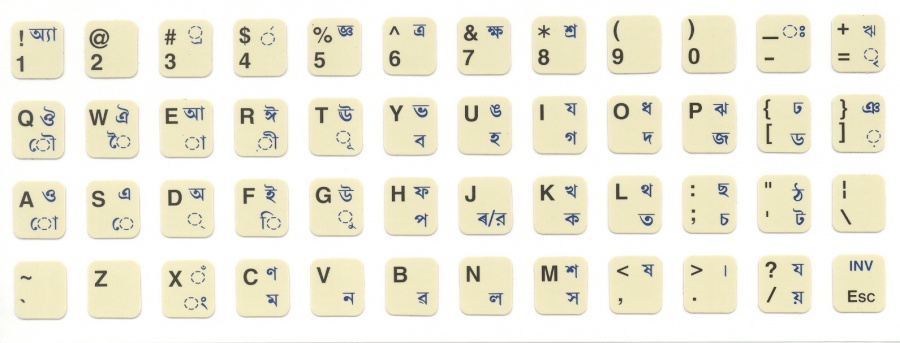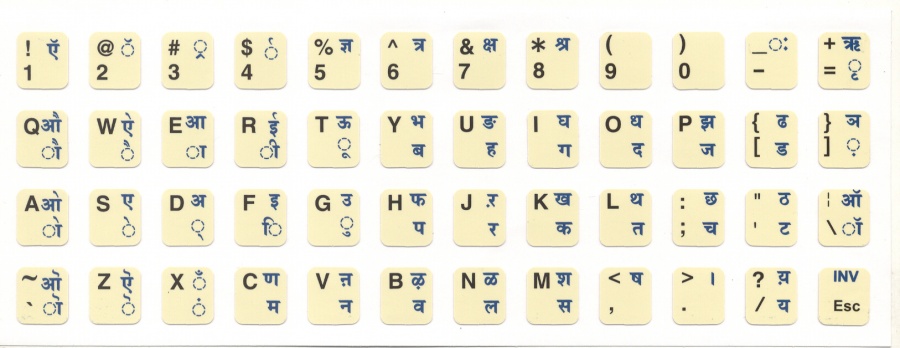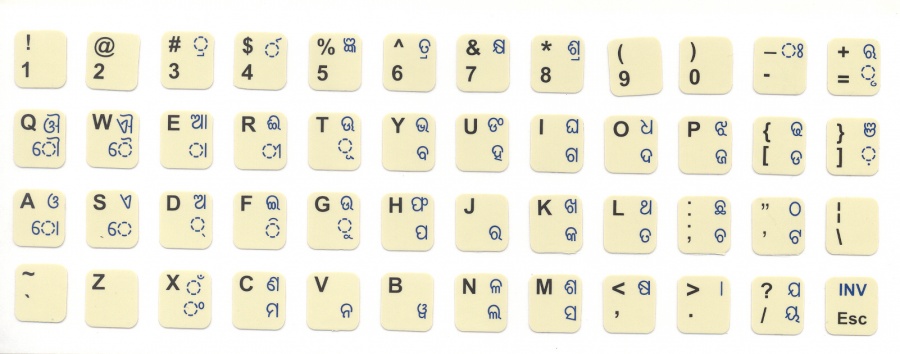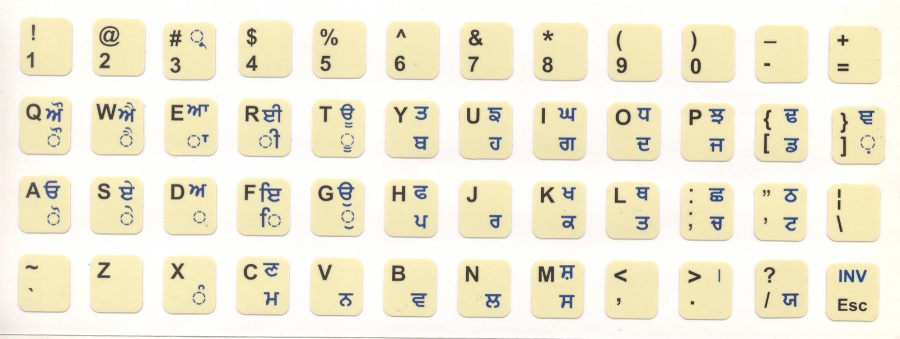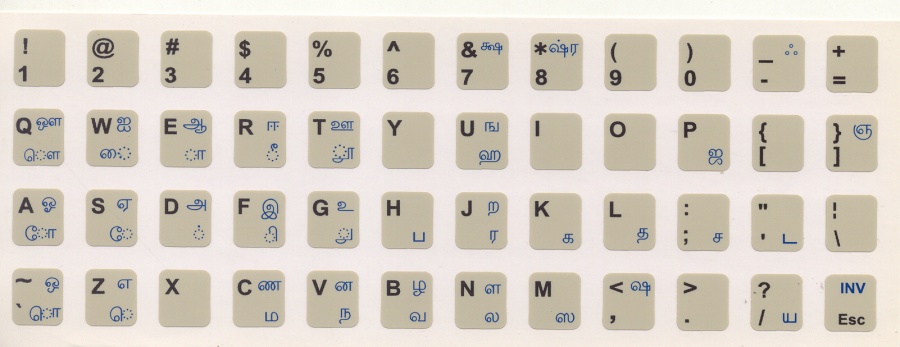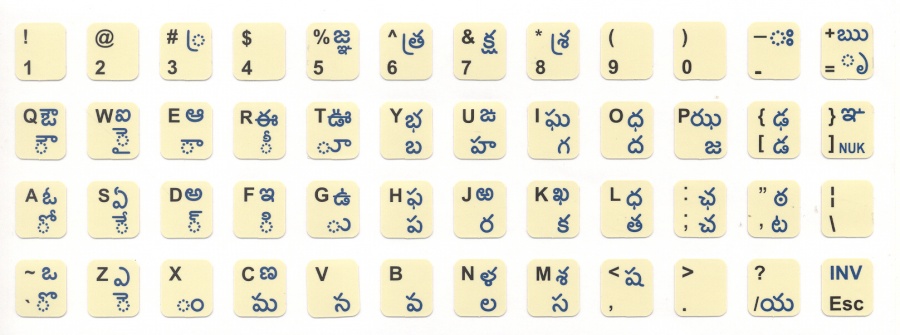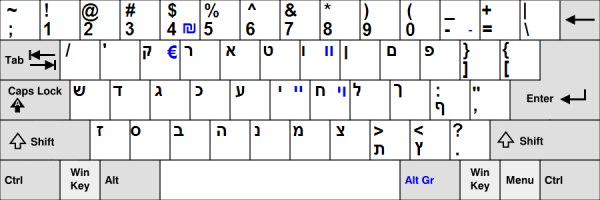Language/Multiple-languages/Culture/Keyboards
Here are some suggested input methods, but not all notable ones are covered.
Recommended multilingual keyboard on Android: Multiling O keyboard.
https://play.google.com/store/apps/details?id=kl.ime.oh
Recommended typing tutor software: RapidTyping.
Latin
QWERTY
It's created in the 1870s by Christopher Latham Sholes. But it's designed for avoiding key stuck in typewriters, so there are better alternatives in computers.
Its main advantage is the overwhelming amount of user, most keyboard shortcuts are designed according to it.
There are a lot of variants of it in languages other than English.
Dvorak
It's created by August Dvorak and William Dealey in 1936.
Its main advantage is efficient.
Dvorak right hand
Dvorak left hand
Colemak
It's created by Shai Coleman and released in 2006.
Its main advantage is convenient.
Official website:
Comparison of the layouts
Cyrillic
JCUKEN
It's commonly called Windows layout, for Russian.
Chinese
Zhuyin (Bopomofo)
It's a set of phonetic notes created by the Beiyang Government in the 1910s for teaching phonetics. Later it came into computers.
Its main advantage is easy to learn.
It's the most popular in Taiwan.
Pinyin
It's a romanizaton created by many linguists in the 1950s and published by Government of China in 1958 for teaching phonetics, being revised several times. Later it came into computers.
It follows the system's keyboard, usually QWERTY.
Its main advantage is easy to learn.
It's the most popular in China.
Cangjie
It's created by Chu Bong-Foo and named by Chiang Wei-kuo in 1976, input by making characters up with parts.
Its main advantage is efficient and enabling to input characters without knowing its pronunciation.
It's very popular in Hong Kong and Macau.
There are mainly two versions, 3 and 5, the former is more popular, but the latter is more reasonable.
Layout of Cangjie 3:
Two parts are added in Cangjie 5:
Cangjie course:
https://zh.wikibooks.org/wiki/%E5%80%89%E9%A0%A1%E8%BC%B8%E5%85%A5%E6%B3%95
Cangjie 3 code dictionary:
http://input.foruto.com/cjdict/Search_1.php
Cangjie 5 code dictionary:
http://www.chinesecj.com/cj5dict/
Simplified Cangjie
A variant of Cangjie, only to input the initial and the final parts and then select from candidates.
Wubi
It's created by Wang Yongmin in 1986, input by making characters up with parts.
It main advantage is efficient and enabling to input characters without knowing its pronunciation.
There are mainly three versions, 86, 98 and New-century. The former the more popular, but the latter the more reasonable.
Layout of Wubi 86:
Layout of Wubi 98:
Layout of Wubi New-century:
Wubi course, based on 86:
http://www.wubizigen.net/html/cuchengjiaoxue.html
Wubi code dictionary:
Handwriting input
Input by handwriting recognition.
Its main advantage is enabling to input characters without knowing its pronunciation (many can show it), and to input uncommon characters.
Japanese
Romaji
It's a romanizaton created by Portugese in around 1548. Later it came into computers.
It follows the system's keyboard, usually QWERTY.
Its main advantage is easy to learn.
JIS keyboard
JIS means Japanese Industrial Standards.
Its main advantage is efficient.
It's the most popular in Japan.
Keitai input
It's for mobile phones, to flick finger from a position to a direction to input.
Its main advantage is efficient.
It's the most popular in Japan.
Example:
Korean
Dubeolsik
Its main advantage is easy to learn.
It's the most popular in Korea.
Sebeolsik 390
It's created by Kong Byung Woo and released in 1990.
Its main advantage is covienient.
Sebeolsik Final
The final design of Sebeolsik.
Sebeolsik Noshift
A variant of Sebeolsik, to avoid pressing shift.
Arabic
IBM PC Arabic Keyboard
Mac Arabic Keyboard
Greek
Brahmic
Inscript
It's a set of keyboards standardized by Government of India in 1986.


